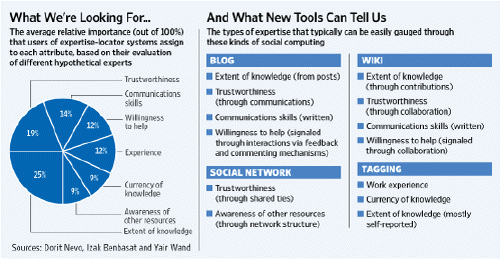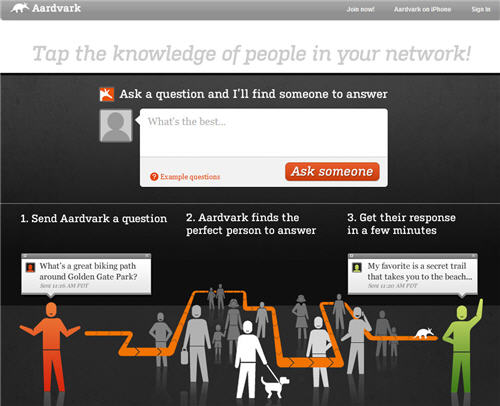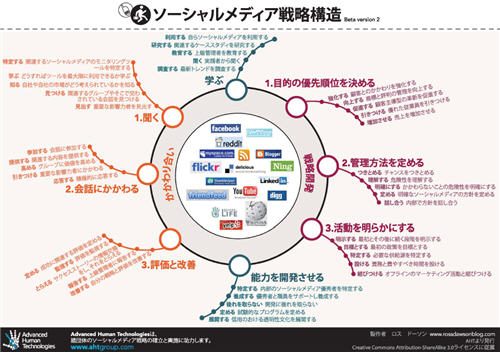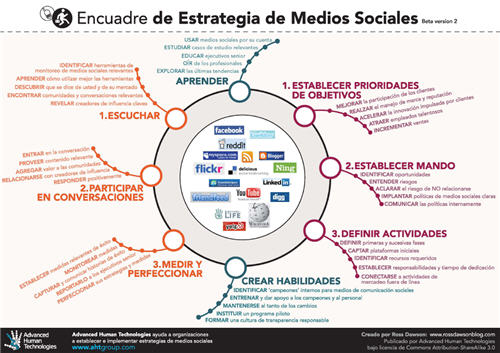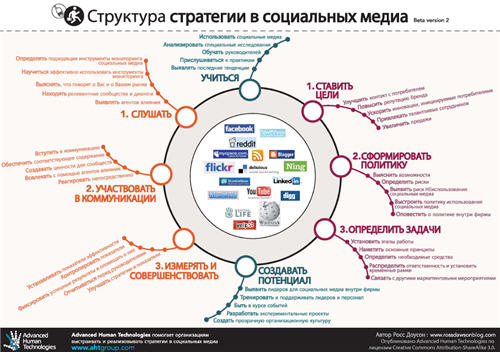The immense value of expertise location will help drive enterprise social media
I have been interested in the field of expertise location for over a decade, from back when knowledge managers were building ‘corporate yellow pages’ and other tools to find the best expertise in the organization.
Unless a large organization can bring the most relevant expertise within the firm to bear on the problems and issues at hand, it really has no reason to exist. A smaller more nimble organization could do as good a job with lower costs.
I have written about expertise location frequently over the last years, both in looking at how enhancing organizational networks can generate greater revenues and efficiency, and how social technologies can support effective expertise location, including on the role of enterprise social network software and several years ago about the use of blogs to support expertise location.
Today the Wall Street Journal has an interesting article called Who Knows What? describing the issue of expertise location and explaining how blogs, wikis, social networks, and tagging can support finding the most relevant knowledge in the organization.
This is hardly new stuff, but large organizations are now reaching the point where they understand that social media are important organizational tools, and have begun implementing some of these tools. This means there is in many cases the breadth of uptake required for effective expertise location.
In large, geographically distributed, professional organizations, expertise location can be a ‘killer app’ which provides immense return on the implementation of social computing. We have reached the point at which this could get real traction.
These issues are also addressed in detail in my book Implementing Enterprise 2.0.
[Hattip to @ariegoldshlager]

